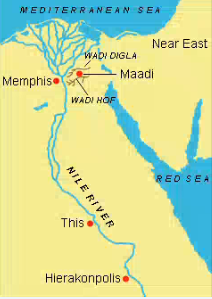题目解析:
【题目翻译】下面哪一个最能描述段落1的组织?
A:描述了两个同时发生的发展,以及为什么没有另一个,两者都不会发生。
B:提出了一个假设,然后讨论了支持该假设的点以及反对它的点。
C:描述了一个重大事件,然后给出了该事件最明显的影响。
D:描述了一个决策,然后给出了该决策的一个可能的动机。
【判定题型】:根据题目问法,题目询问段落的组成或构成方式/段落与段落的关系/某一段在全文中所起的作用,故判断本题为组织结构题。
【内容分析】通读第一段,寻找逻辑词,来剖析这一段文字的结构。第1句描述孟斐斯的地理位置和历史背景。第2句提出孟斐斯的选址体现出了战略重要性。第3句话给出了原因:孟斐斯处于国家上、下半部分之间,拥有国家行政中心的极佳位置。第4句话用“This”和“Hierakonpolis”两座城市遥远的地理位置作反比,衬托出孟斐斯的地理优越性。第5句做概括,说明孟斐斯距离南、北地区都很近,能够为早期埃及王朝的统治者们提供政治统治的必要条件。
【选项分析】
A选项:同时描写2种发展,以及2者缺一不可的原因。错误,因为文中没有描述2种发展,只描述了孟斐斯的战略重要性。故A排除。
B选项:提出一种假象,然后讨论支持该假设以及推翻该假设的内容。本段提出“孟斐斯的选址体现出了战略重要性”,并给出了支持的理由,但是并没有推翻假设。故B选项排除。
C选项:描述了一个主要事件,然后讨论了它所造成的影响。错误,因为第一段中并没有讨论选择孟斐斯作为首都的影响。
D选项:先描述一个结论,然后提出一个可能的原因。正确,第一段描述的结论是“The choice of Memphis by Egypt's first kings reflects the site's strategic importance.”而提出的1个原因是“First, and most obvious, the apex of the Nile River delta was a politically opportune location for the state's administrative center,……”故D选项符合第一段的组织结构。


